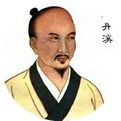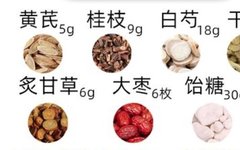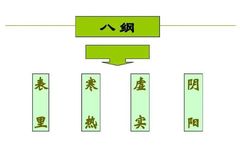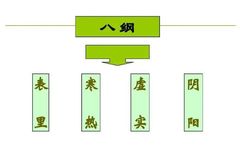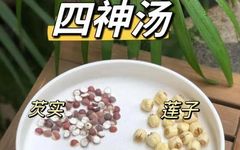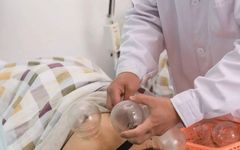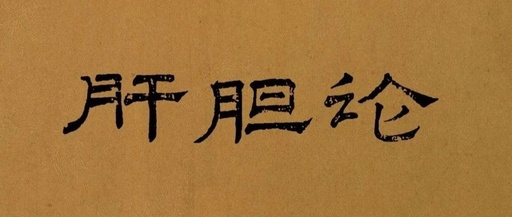Treatment of Recurrent Oral Ulcers with Yin Deficiency and Damp-Heat Syndrome Using Ganlu Decoction and Fengsui Pill
Traditional Chinese Medicine Case Studies / Clinical References for Learning TCM Yin fluid deficiency with damp-heat accumulation leading to oral ulcers is treated with Ganlu Decoction combined with Fengsui Pill.Ganlu Decoction combined with Fengsui PillSheng Di Huang (Rehmannia Root) 20g, Shu Di Huang (Prepared Rehmannia Root) 20g, Tian Dong (Asparagus Tuber) 20g, Mai Dong (Ophiopogon … Read more

